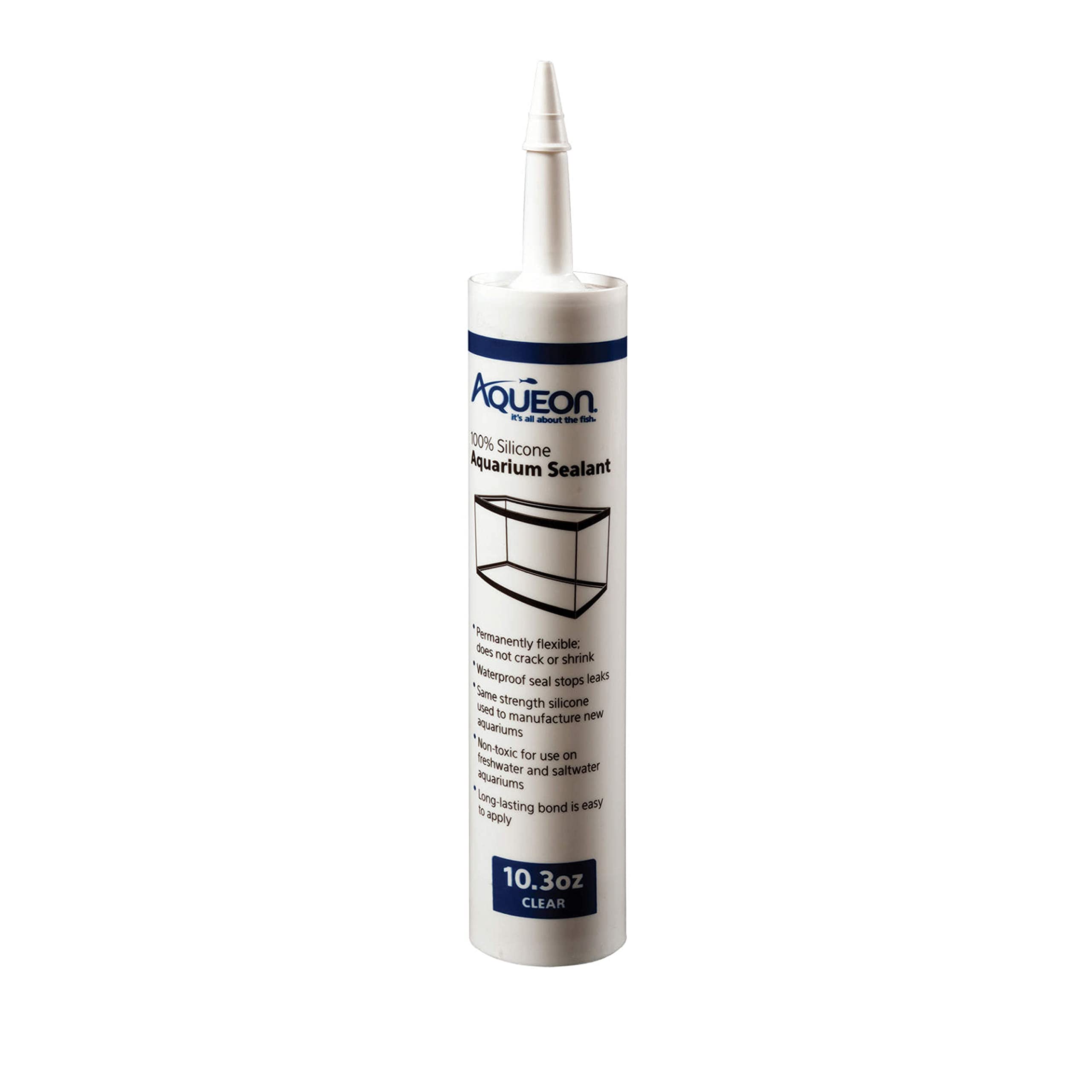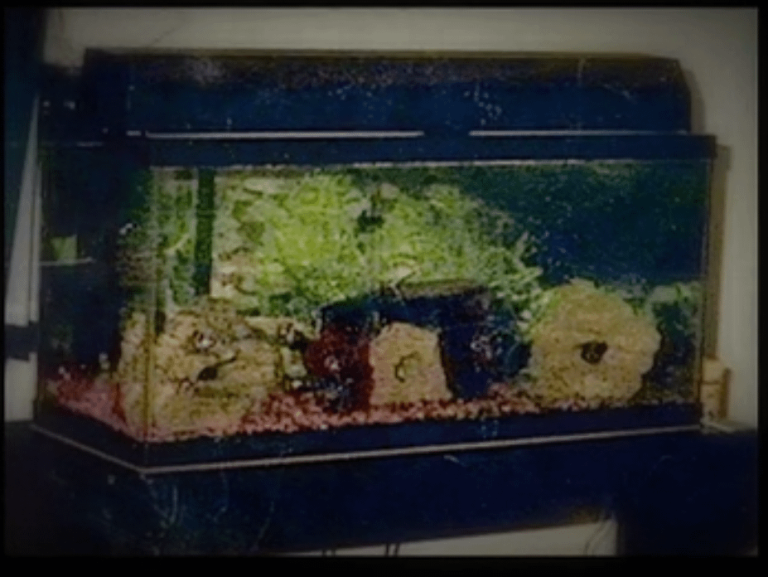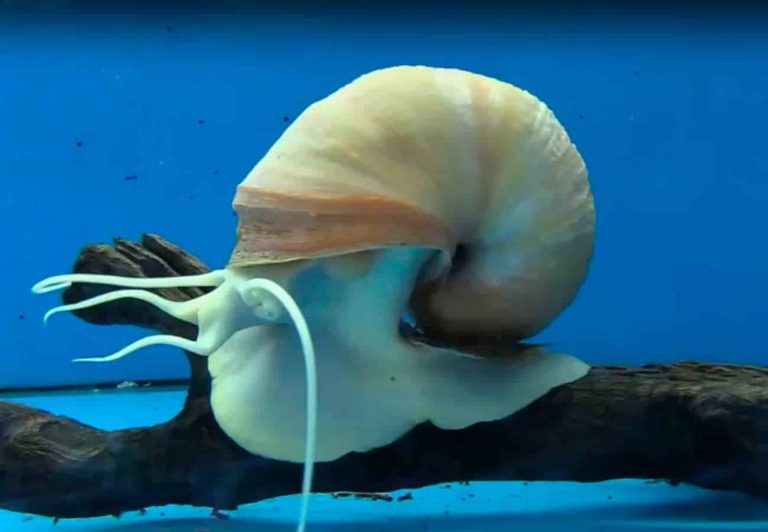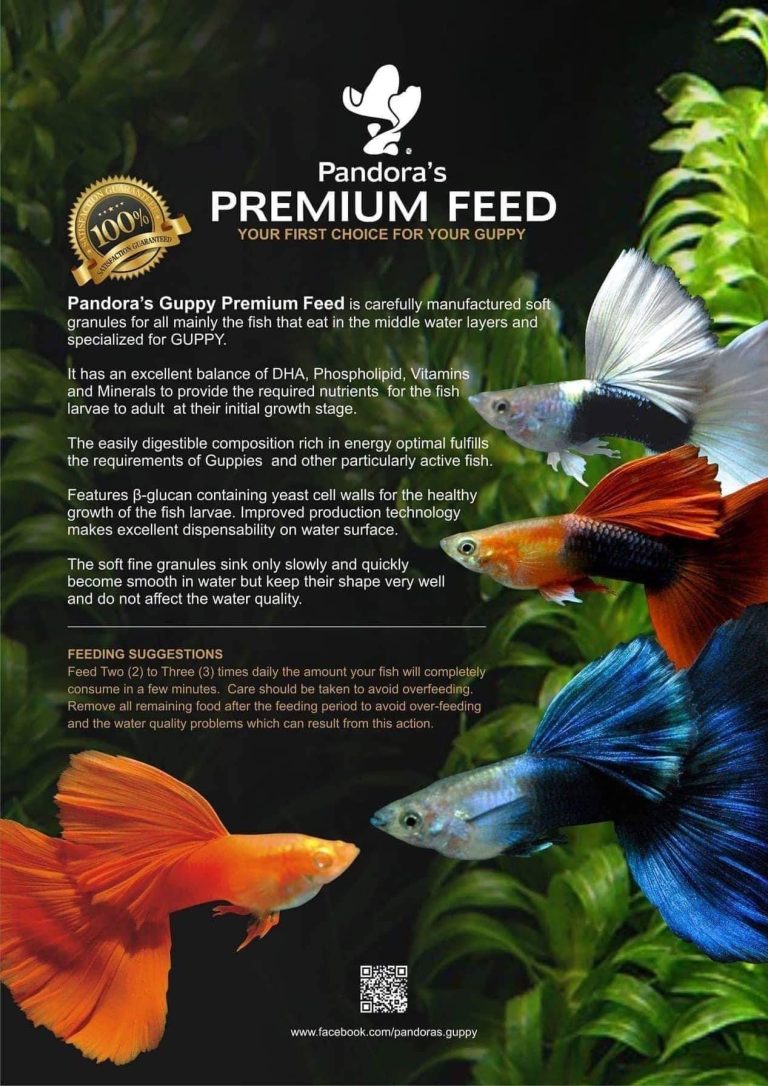Aquarium Silicone Drying Time: How Long to Expect?
Aquarium silicone usually takes around 24 to 48 hours to dry completely. Aquarium silicone is used to seal aquariums, fish tanks, and other aquarium-related equipment.
If you’re looking to set up an aquarium in your home, you need to know how long it will take for the silicone to dry to ensure that you don’t accidentally damage your equipment by filling it with water too soon.
Generally, aquarium silicone takes around 24 to 48 hours to dry completely. However, there are a number of factors that can influence the drying time, such as humidity, temperature, and the thickness of the silicone layer. In this article, we’ll cover everything you need to know about the drying time of aquarium silicone.
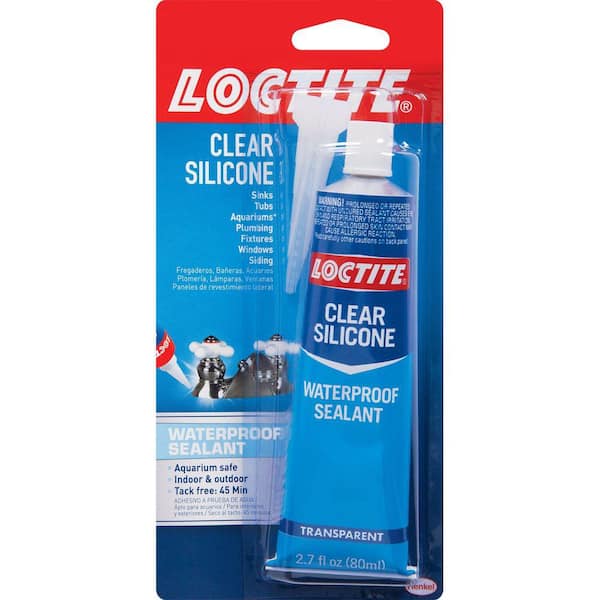
Credit: www.homedepot.com
What Is Aquarium Silicone And Why Is It Used In Aquariums?
Aquariums are fascinating and attractive for people of all ages, and they require maintenance to stay functional and healthy. One of the essential materials used in maintaining an aquarium is aquarium silicone. If your aquarium is leaking, you need to seal it from the inside using silicone.
But before that, let’s find out what aquarium silicone is and why it is used in aquariums.
Definition Of Aquarium Silicone
Aquarium silicone is a sealant used to seal leaks in aquariums. It is a type of silicone adhesive that creates a strong bond(s) between glass and other surfaces. It is a non-toxic substance present in various colors, including black and clear, that enables it to blend seamlessly with your aquarium’s color.
Purpose Of Aquarium Silicone In Aquariums
Aquarium silicone is used for various purposes in aquariums, including:
- Sealing leaks: It is used to seal any leakages that might occur in an aquarium, ensuring the proper working of an aquarium.
- Making repairs: You can use aquarium silicone in fixing cracks, which can be tricky to handle using other types of adhesive.
- Attaching accessories: Aquarium silicone glue can be used to stick driftwoods, rocks or various other accessories to the aquarium.
- Preventing mishaps: It helps you to guard against accidents. By using silicone, you can construct barriers that prevent fish and other invertebrates from venturing too far.
Types Of Aquarium Silicone
There are different types of aquarium silicones available in the market. They include:
- Acid-curing silicones: Also known as acetoxy, these are the standard types of silicone. They cure from the surface to the inside and are mostly used as a sealant.
- Neutral silicone: These silicones aren’t water-resistant and are not used for sealing leaks or building aquariums.
- Silicone for high temperatures: They are specially formulated to work even at higher temperatures to fix the heater lights, filter, and other accessories.
- 100% silicone sealant: This type of silicone does not contain any additives that can be harmful to aquarium creatures and is therefore safe to use in aquariums.
Aquarium silicone is an important accessory for all aquarium owners. It helps to prevent mishaps, seal leaks, and attach accessories. Make sure to buy silicone from reputable brands that offer non-toxic sealants so that you can keep your fish friends safe and happy!
Factors That Influence Aquarium Silicone Drying Time
Aquarium silicone is a popular product used for sealing and repairing aquariums. One of the most crucial aspects of using aquarium silicone is the drying time. Factors such as temperature, humidity, type of silicone, thickness of application, surface material, and curing time can influence how long it takes for aquarium silicone to dry.
Let’s delve into these factors and understand them better.
Temperature And Humidity
- The temperature and humidity levels can affect how quickly the silicone dries.
- Higher temperatures and lower humidity levels can speed up the drying process, while lower temperatures and higher humidity levels slow down the drying process.
- Ideal temperature and humidity levels for optimum drying time are 70°f (21°c) and 50% humidity.
Type Of Silicone
- The type of silicone used can influence drying time.
- The most common types of silicone used for aquariums are acetic cure silicone and neutral cure silicone.
- Acetic cure silicone dries faster than neutral cure silicone due to the presence of acetic acid.
- Neutral cure silicone is preferred when working with sensitive aquatic creatures as it is less likely to release harmful ammonia.
Thickness Of Application
- The thickness of the silicone applied can affect drying time.
- Thinner layers will dry faster than thicker ones.
- Ideally, the silicone layer should be no thicker than 1/4 inch (6mm) for optimum drying time.
Surface Material
- The surface material also influences drying time.
- Most commonly, aquarium silicone is used to seal glass surfaces, which dry faster than plastic or acrylic surfaces.
- If you are using aquarium silicone to seal a plastic or acrylic surface, be sure to choose a silicone designed for those materials.
Curing Time
- Curing time is the time it takes for the silicone to harden completely.
- While drying time can vary, curing time remains standard.
- For aquarium silicone, curing time is approximately 24-48 hours.
- Be sure to leave the silicone to cure for the recommended time before adding water or aquatic creatures to the tank.
Drying time for aquarium silicone can vary, depending on various factors. Temperature, humidity, type of silicone, thickness of the application, surface material, and curing time all play a crucial role in determining how long the silicone takes to dry. It’s imperative to take all these factors into consideration for the best results.
How Long Does It Take For Aquarium Silicone To Dry?
Aquarium silicone is an adhesive used in many diy projects, especially in fish tank setup. If you’re planning to build your aquarium using silicone, then it’s essential to know how long it takes to dry. After all, you wouldn’t want to put your fish in the tank when the silicone hasn’t fully cured.
In this blog post, we’ll give you an overview of aquarium silicone drying time, the expected drying time for different types of silicone, factors that could extend or shorten drying time, and how to determine if silicone is completely dry.
Overview Of Aquarium Silicone Drying Time
Aquarium silicone is a type of sealant designed specifically for use in fish tanks. Once applied, it forms a watertight seal that won’t crack or shrink over time. However, silicone takes time to dry and cure. The drying time of aquarium silicone depends on the brand and type of silicone you use, the temperature and humidity of your workspace, and the thickness of the layers applied.
In general, it takes between 24-48 hours for aquarium silicone to dry to the touch, but it can take up to seven days to fully cure and reach maximum strength.
Expected Drying Time For Different Types Of Silicone
There are two types of aquarium silicone: acetic cure silicone and neutral cure silicone. Acetic cure silicone usually dries faster, typically taking 24-48 hours to dry to the touch and fully curing in 7-14 days. Neutral cure silicone, on the other hand, takes longer to cure, and it could take up to 48 hours to dry to the touch.
Full curing of neutral cure silicone may take up to 21 days.
Factors That Could Extend Or Shorten Drying Time
Several factors influence aquarium silicone’s drying time, including temperature, humidity, and the thickness of the applied layers. Generally, low temperatures and high humidity levels slow down the drying process, while high temperatures and low humidity levels speed it up. It’s also worth noting that applying a thicker layer of silicone may lengthen the drying and curing time.
How To Determine If Silicone Is Completely Dry
To determine if aquarium silicone is fully cured, you need to perform a water test. Fill the tank with water and let it sit for 24-48 hours without any fish. Check for any water leaks or discoloration in the silicone.
If you notice any issues, then the silicone hasn’t completely cured, and you’ll need to empty the tank, let it dry, and reapply the silicone before repeating the water test. However, if there’s no discoloration or water leaks, then the silicone is cured, and you can add your fish to the tank.
Aquarium silicone is an essential component of any fish tank setup. While it takes time to dry and cure, the watertight seal it forms is worth the wait. By understanding the drying times of different aquarium silicone types and the factors that could affect drying time, you’ll be better equipped to build a functional and safe fish tank.
How To Ensure Proper Drying Of Aquarium Silicone
Aquariums are fascinating to look at, and they require proper maintenance to keep our aquatic pets healthy and safe. Silicon sealant is an essential tool in maintaining and repairing aquariums, but the question remains, how long does aquarium silicone take to dry?
In this blog post, we will explore the essential aspects of aquarium silicone and how to ensure proper drying of this essential sealant.
Preparing The Aquarium For Silicone Application
Before applying silicone to the aquarium, it’s essential to ensure that you have thoroughly cleaned the area. Follow these steps to prepare the surface:
- Empty the aquarium of all the water and remove all the decorations, gravel, and plants.
- Use a scraper to remove any old silicone or adhesive from the area where you intend to apply the new sealant.
- Clean the area with rubbing alcohol to remove any residual debris and oils.
Safe Handling Of Silicone
Silicone is a strong adhesive, and while it has excellent adhesive properties, it’s essential to handle it with care. Follow these tips to ensure safe handling:
- Wear gloves to handle silicone to avoid direct contact with the skin.
- Use silicone in a well-ventilated area to avoid inhaling toxic fumes and ensure proper drying.
- Store silicone in a safe and secure place away from children and pets.
Tips For Applying Silicone For Optimal Drying
Using silicone to repair aquariums is a great diy project, but achieving optimal results can be a challenge if you do not follow these tips:
- Apply silicone in a thin and uniform layer to avoid air bubbles and ensure uniformity during drying.
- Use a silicone gun to apply the sealant correctly and uniformly in the hard-to-reach areas.
- Ensure there is enough time for the silicone to dry thoroughly. The drying time depends on the thickness of the silicone layer and the temperature and humidity of the room.
Maintaining Proper Conditions During Drying
To ensure optimal drying of the silicone, follow these tips:
- Maintain a temperature of 72°f (22°c) and humidity between 40-60%.
- Provide good ventilation to ensure that the silicone dries adequately.
- Avoid disturbing the aquarium during the drying time, which can range from 24-48 hours.
Repairing aquariums using silicone sealant requires patience, attention to detail, and proper handling. By following these tips, you can ensure optimal results, and your fish will have a healthy and safe environment.
Frequently Asked Questions For How Long Does Aquarium Silicone Take To Dry
How Long Does Aquarium Silicone Take To Cure?
Aquarium silicone takes approximately 24-48 hours to cure and become fully waterproof.
Can You Speed Up The Aquarium Silicone Curing Process?
The curing time of aquarium silicone cannot be hastened. Allow the silicone to cure for 24-48 hours for best results.
How Do I Know When Aquarium Silicone Is Dry?
Ensure that the silicone is completely dry and cured. It will appear clear or slightly cloudy once fully cured.
Is It Safe To Add Water To An Aquarium Immediately After Applying Silicone?
Do not add water immediately after applying silicone. Wait for at least 24-48 hours to ensure it is fully cured and dried.
Conclusion
After considering all the factors that affect aquarium silicone drying time, it’s clear that patience is key. Rushing the process by adding water or putting pressure on the seams can lead to disastrous results. It’s important to follow the manufacturer’s instructions, including any recommended curing times.
Whether you’re repairing a leaky tank, building a new one, or resealing seams, using aquarium safe silicone is crucial. Not only does it create a tight seal, but it’s also safe for your aquatic pets. Take the time to do the job right, and you’ll be rewarded with a stable and healthy environment for your fish, plants, or other aquatic creatures.
Remember, a little preparation and patience can go a long way in ensuring a successful aquarium project. So, sit back, relax, and let the silicone cure fully before adding water and enjoying your underwater world.
